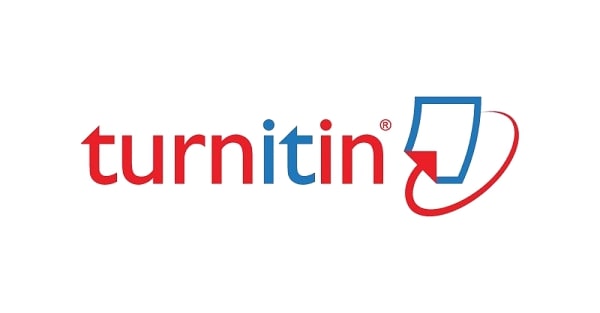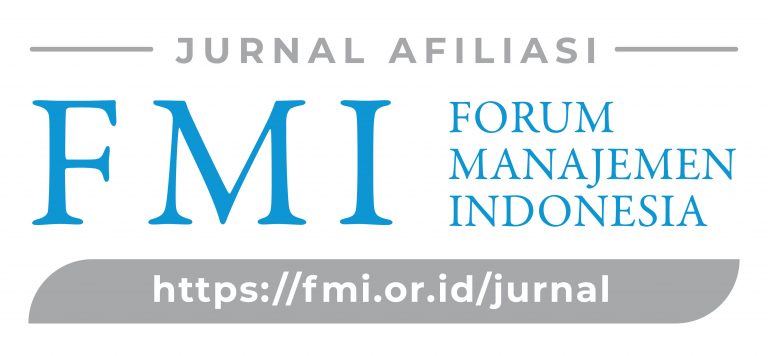OPTIMALISASI CITRA MEREK DAN DIFERENSIASI PRODUK DALAM MENUMBUHKAN LOYALITAS KONSUMEN (PRODUK MAKANAN KECIL TUM TIM DI SIDOARJO)
DOI:
https://doi.org/10.55732/unu.gnk.2020.02.2.4Keywords:
brand image, product differentiation, consumer loyaltyAbstract
The purpose of this study is to calculate the magnitude of (1) the impact of brand image in fostering consumer loyalty, a study on the Tum Team cake (2) the impact of product differentiation in fostering consumer loyalty. big on consumer loyalty. This study determined a sample of 33 customers of the Tum Tim cake. The quantitative approach research method is used in this study, using statistical tools using the SPSS 22 application, as an analysis tool. On the basis of the analysis suggests that (1) brand image is able to improve the performance of new products (2) product differentiation has an effect on increasing the level of consumer loyalty (3) Analysis of the multiple linear regression equation implies that brand image fosters a stronger impact than product differentiation to grow the level of consumer loyalty Tum Tim.References
Brown, G.H. (1953), “Brand loyalty factof fiction”, The Trademark Reporter,Vol. 43 No. 3, pp. 251-258.
Dimitriades, Z.S. (2006), “Customersatisfaction, loyalty and commitmentin service organisations some evidence from Greece”, Management Research News, Vol.29 No. 12, pp. 782-800.
Fraering, M. and Minor, M.S. (2013),“Beyond loyalty: customersatisfaction,loyalty, and fortitude”,Journal of Service Marketing, Vol.27 No. 4, pp. 334-344.Griffin, Jill. 2002. Costumer Loyalty.Jakarta: Erlangga.
Hill, S.E., Rodeheffer, C.D., Griskevicius,V., Durante, K. and White, A.E.(2012), “Boosting beauty inaneconomicdecline:mating,spending, and the lipstick effect”,Journal of Personality andSocialPsychology, Vol. 103 No. 2,pp. 275-291.
Jacoby, J. and Kyner, D.B. (1973),“Brand loyalty versus repeatpurchase behavior”, Journal ofMarketing Research, Vol. 10 No. 1,pp. 1-9.
Keller, Kevin Lane. (1993). JOM FISIPVol. 3 No.1–Februari 2015 Page 17Conceptualizing, Measuring, andManagingCustomer–Based BrandEquity. Journal of Marketing Vol.57No. 1 pp. 1-22.
Keller, K.L. (2003), Strategic BrandManagement: Building, Measuringand Managing Brand Equity, 2nded.,
Englewood Cliffs, NJ.Kishada, Z.M.E.M. and Wahab, N.A.(2013), “Factors affecting customerloyalty in Islamic banking: evidencefrom Malaysian banks”, InternationalJournal of Business and SocialScience, Vol.4 No. 7.
Kiseleva, E.M., Nekrasova, M.L.,Mayorova, M.A., Rudenko, M.N.and Kankhva, V.S. (2016), “Thetheory and practice of customerloyalty management and customerfocus in the enterprise activity”,International Review of Managementand Marketing, Vol.6 No. S6, p.103.
Kotler. P (1980), Marketing management,Englewood Cliff, NJ;PrenticeHall
Inc Mbaye Fall Diallo, Jean-Louis Moulins,and Elyette Roux (2020),“Unpacking brand loyalty inretailing: a three-dimensionalapproach to customer–brandrelationships”, International Journal of Retail & DistributionManagement, DOI:10.1108/IJRDM-03-2020-0115.
Mintzberg, H. (1988), “Genericstrategies: toward a comprehensiveframework”, Advances in StrategicManagement, Vol. 5, pp. 1-67
Rangkuti, Freddy. (2007). RisetPemasaran.Jakarta: Penerbit Gramedia PustakaUtama.
Ye Duan, Zenglin Han, Hailin Mu. (2020), “Research on the influenceof product differentiation andemission reduction policy on CO2emissions of China’s iron and steelindustry”, International Journal oflimate Change Strategies andManagement Vol. 12 No. 5, 2020 pp.717-737. DOI:10.1108/IJCCSM-06-2020-0068
Downloads
Published
Issue
Section
License

This work is licensed under a Creative Commons Attribution 4.0 International License.
Authors who publish with this journal agree to the following terms:
Authors retain copyright and grant the journal right of first publication with the work simultaneously licensed under a Creative Commons Attribution License that allows others to share the work with an acknowledgement of the work's authorship and initial publication in this journal.
Authors are able to enter into separate, additional contractual arrangements for the non-exclusive distribution of the journal's published version of the work (e.g., post it to an institutional repository or publish it in a book), with an acknowledgement of its initial publication in this journal.
Authors are permitted and encouraged to post their work online (e.g., in institutional repositories or on their website) prior to and during the submission process, as it can lead to productive exchanges, as well as earlier and greater citation of published work (See the Effect of Open Access).
















